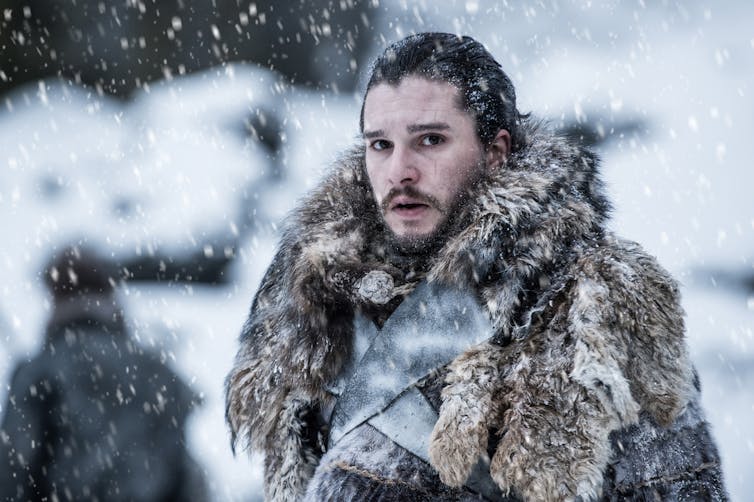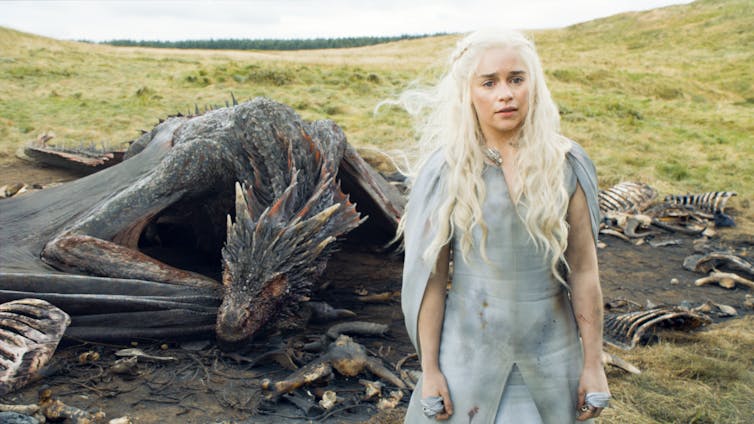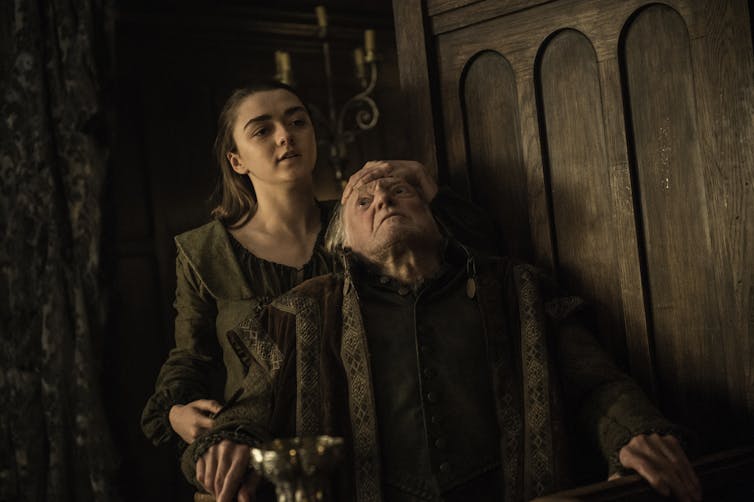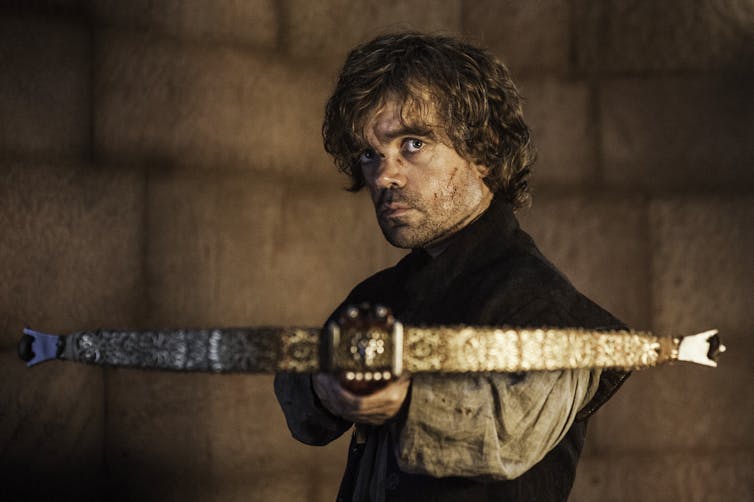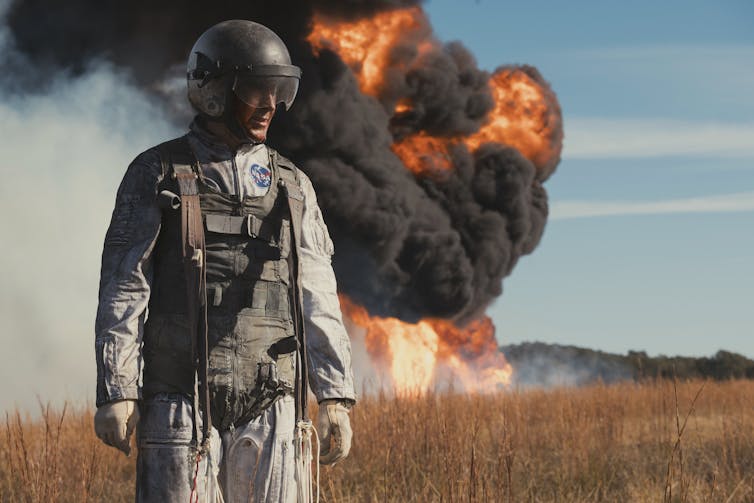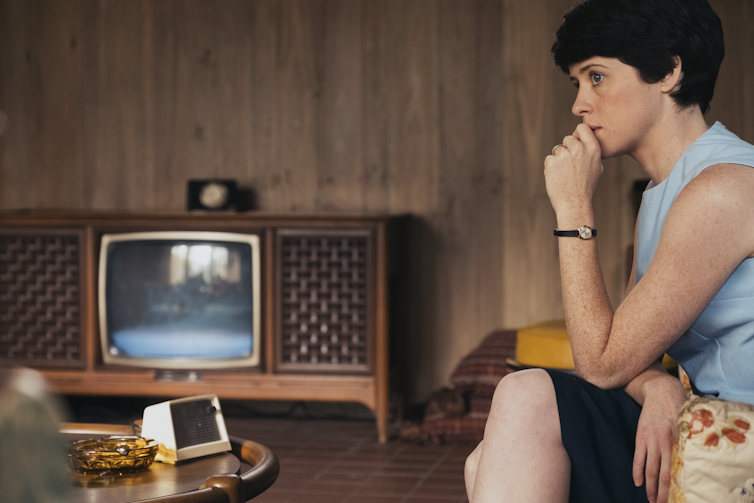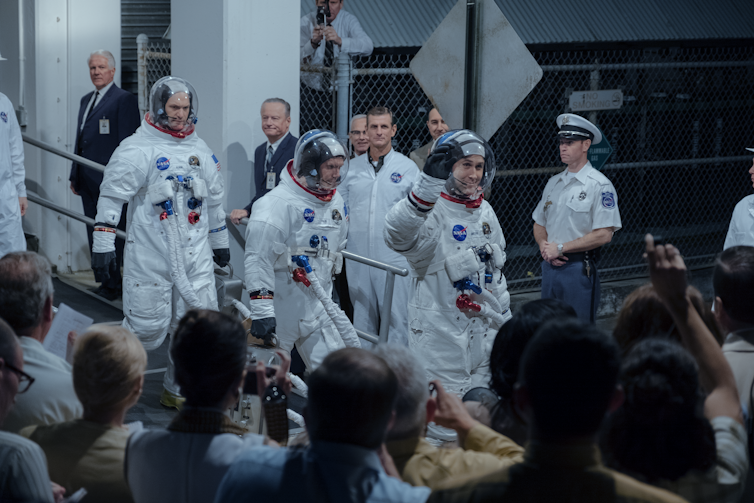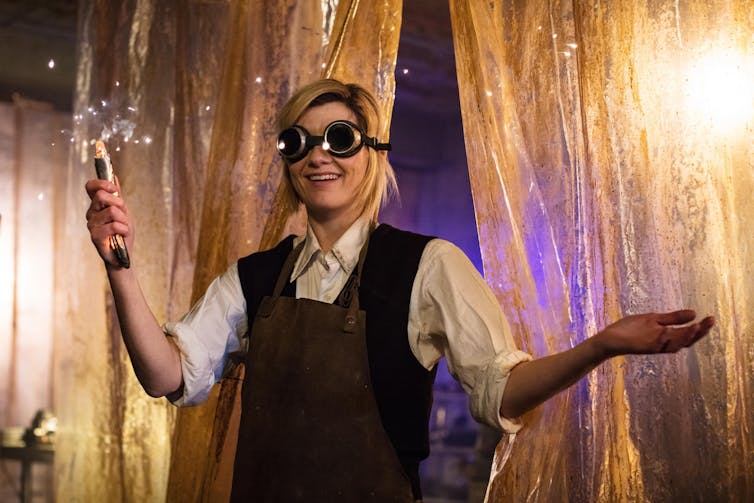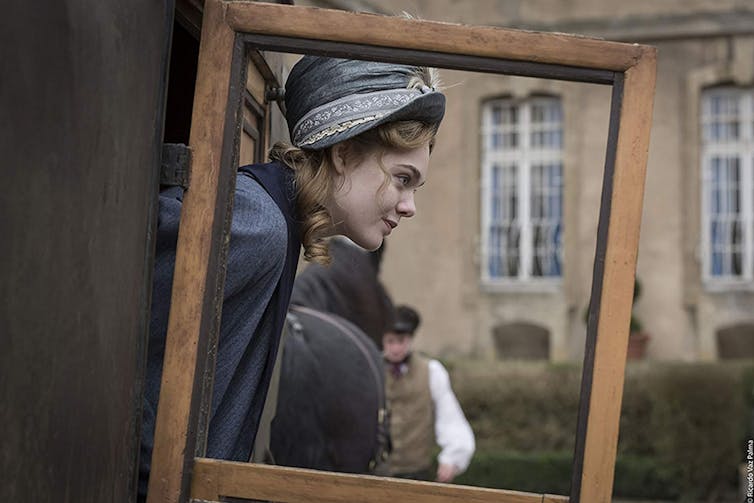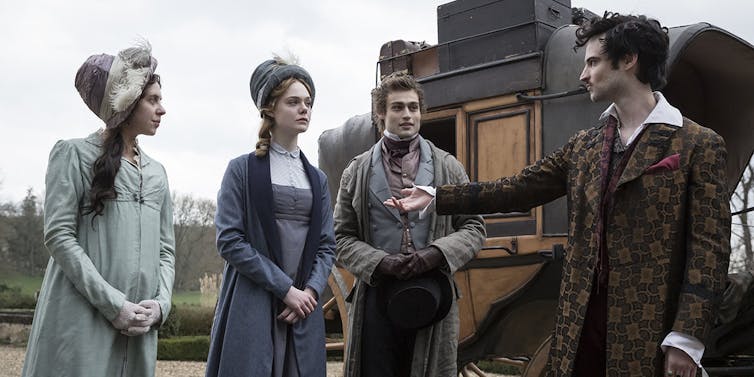If the reality of COVID-19 were not enough, you can now watch Songbird, a new blockbuster movie which pictures the world in 2024 trying to deal with the ravages of COVID-23, a new mutation of the coronavirus. As one reviewer writes, the film combines “a Romeo & Juliet-lite love story with a sub-Contagion thriller”. Hailed as the first feature film about the pandemic, released during the pandemic, Songbird has not received the warm welcome its producers might have hoped for.
![COVID-19 Movie 'Songbird' is a Disaster – We Need Better Pandemic Stories [Trailer Included]](https://blogger.googleusercontent.com/img/b/R29vZ2xl/AVvXsEiSSRF2YaNPXew9Vpcn4dLxUAk7BiXaZAuli0Mi-zO5f6AeQ1ETcbwLJ86Uqne1raikmguqio2ZjYjKhU85xCU3UCKipYzqO6lHqBOIN_e_pizzL3JJsOxASbjdpnYhkso4UdNZKcS8THd0/w640-h246/songbird+2.png) |
| 'Songbird' (screengrab) |
The range of these responses tellingly reveals the complexity of the bigger questions behind the film, namely: what role does culture play when it comes to disasters? This question is not new. Yet the seemingly never-ending current global health crisis gives it a sense of urgency.
Cultural representations of disasters can show ways to make sense of crises. Whether it’s the allegorical painting of the 1755 Lisbon earthquake, HBO’s Chernobyl, or Beasts of the Southern Wild (2012), a magical realist response to Hurricane Katrina, these cultural representations act as social commentaries. They anticipate political action, shape and express environmental ethics, and – most importantly – they can help us to imagine what a possible future could look like.
Not in the same boat
Films, TV series and books about disasters show, again and again, that there is no one way of experiencing any disaster. Zadie Smith’s recently published Intimations, an essay collection of pandemic reflections, describes this in clear terms: “The misery is very precisely designed, and different for each person.” As the disproportionate impact of COVID-19 clearly demonstrates, we are all not in the same boat. This has been captured by poetry, and confirmed by research.
The pandemic has not struck with the same force nor at the same time. What COVID-19 has revealed is ever-starker socioeconomic divides. The pandemic is having a disproportionate impact on certain demographic and labour groups. It has cut a swath through the most vulnerable populations, the elderly and those with pre-existing health conditions as well as the key workers who are keeping the cities, hospitals, and schools running. In short, the impact of the pandemic (and we’re only seeing the tip of the iceberg) is contingent on pre-existing, long-term, and sustained vulnerability.
![COVID-19 Movie 'Songbird' is a Disaster – We Need Better Pandemic Stories [Trailer Included]](https://blogger.googleusercontent.com/img/b/R29vZ2xl/AVvXsEipke7Wc5Ckp2EWKYUJMZF5iKrKs_ZUzGWazz4t49aM2odKNpfN5nCFL2Ko36mhdgWaKMiF_ba1l8HmUF2yNL-VyBVOZ1QjdbMnPCcQPdEY4nOvj_tTuRUskNpv-dHVedMIN4rkFXG7jQI_/w640-h270/songbird+3.png) |
| 'Songbird' (screengrab) |
No return to the pre-pandemic conditions is possible, nor should it be wished for. Rather, post-pandemic recovery has to work to address and repair these long-term structures of injustice, racism, and political, social and cultural marginalisation. Good artistic works aim to recover these hidden narratives and voices, voices that need to be central to any long-term recovery processes.
Starting slowly
The future starts slowly. How it will look depends on long-term community efforts and – even more so – on policy changes and political decisions. Yet waiting for these might mean waiting too long. In the meantime, artists, neighbourhood groups, mutual aid and solidarity groups forge their way through the crisis, start this slow labour of recovering, already pointing towards what alternative futures, in a small way, might look like.
The future starts with listening to the discordant experiences of those most affected by the impact of the pandemic. For Nobel Prize winner Svetlana Alexievich, reflecting on writing in the aftermath of the Chernobyl disaster, it soon became clear that “the book that I’m going to write will take years”. Indeed, her novel Chernobyl Prayer took ten years to complete. This “novel of voices”, as she calls it, captures precisely those discordant meanings, ongoing sense of irreparable loss and confusion.
Understanding what the current pandemic means and what its real impact is will also take years. Undoing long-term vulnerabilities will take even longer. Yet this work has to start now and continue day in, day out. For British philosopher Nigel Warburton, Albert Camus’s The Plague (1947) provides inspiration, with its depiction of “ordinary people rising to an occasion and doing extraordinary things”.
Whether an artistically uninspiring, ethically problematic contagion-themed love story where the pandemic is exploited as a jumping-off point can capture the many voices of the pandemic experience, sketch a horizon of post-COVID-19 life, or provide an inspiration for such ordinary work of slow healing and recovery, is highly unlikely. Tellingly, for one viewer of Songbird, in order to enjoy the film, one must “ignore what’s happening” in real life.
While seeking an escape might not in itself be bad, as film scholar Alfio Leotta reminds us: “The kind of escape we seek matters.” It is thanks to the other worlds offered by books, films, that we can gain a better, more critical, but also more courageous, imaginative, view of the present we are in and, not least, of what can the future hold.
About Today's Contributor:
Kasia Mika, Lecturer in Comparative Literature, Queen Mary University of London
This article is republished from The Conversation under a Creative Commons license.

![COVID-19 Movie 'Songbird' is a Disaster – We Need Better Pandemic Stories [Trailer Included]](https://blogger.googleusercontent.com/img/b/R29vZ2xl/AVvXsEgzSC3C16FCd7-pZJLKOY_e7UQwReCx-hVsek3f_A6C3ZvImeqKkRkPo71y-qQn3Ho3xIAQxcHiKF-vyPZ893NKHz2KIvakekY9iek-32dv8Kg5LoOSEnnjZePTSpffsHIOWW5MGd6lwpqE/w640-h268/%2527Songbird%2527.jpg)





